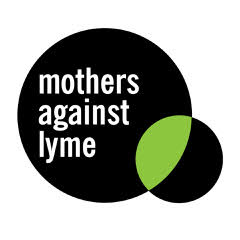12.17.2025
12.17.2025
Project Lyme is a 501c3 nonprofit that exists to educate and assist. We have put together an innovative and interactive tool to help you along “Your Lyme Journey.” By clicking on one of the tiers you will find resources like articles, blogs, videos, and webinars tailored to your stage on the journey. For those interested in an unfiltered view click below.

Project Lyme’s mission is to eradicate the epidemic of Lyme disease and other tick-borne illnesses by spreading awareness, providing educational resources, funding peer-reviewed research, and supporting advocacy for solutions to end the suffering. Since 2016, Project Lyme has challenged misinformation about diagnosis and treatment, advocated for patients’ rights, and built a community for Lyme patients as well as their loved ones.
SEE OUR IMPACTProject Lyme works to build a highly educated network of patients, caregivers, and community members. We regularly host events covering topic areas critical to fighting this growing epidemic.
ATTEND AN EVENT

Mothers Against Lyme is a community built to empower moms facing Lyme disease and tick-borne illnesses. As an initiative of Project Lyme, we host virtual Meet-Ups to provide a safe space in where moms can feel welcome, inspired, and supported. .
LEARN MORE12.17.2025
12.17.2025
05.24.2024
05.24.2024
04.12.2024
04.12.2024
02.29.2024
02.29.2024
Science
11/01/2022
Science
10/18/2022
Science
03/28/2021